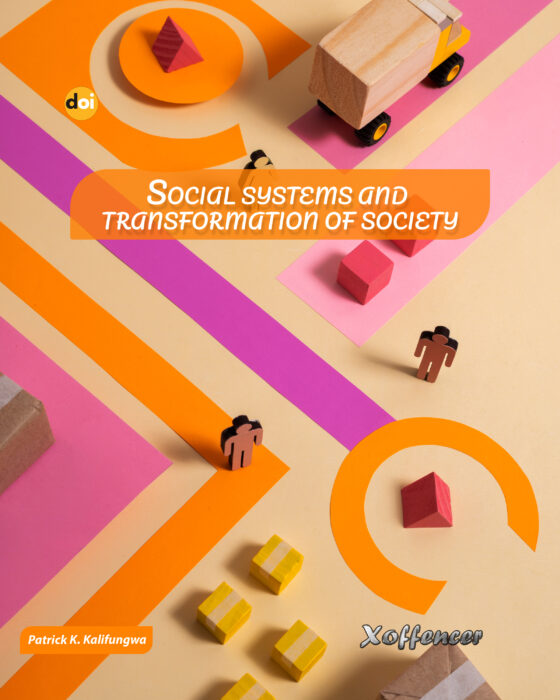Description
The advent of machine learning (ML) and artificial intelligence (AI) has been revolutionary in many fields, and it is changing the way people use technology and solve issues. Enabling computers to think like humans is the basic idea behind artificial intelligence. This will allow them to perform things like understand language, see patterns, and make judgments. The goal of machine learning, a branch of AI, is to create algorithms that can learn to perform better and better over time without any input from a person or coding at all. Automating routine procedures, simplifying difficult data analysis, and speeding up developments in healthcare, finance, and other fields are just a few of the many possible outcomes of a solid grounding in AI and ML. Here are a handful of instances. Delving into the principles of these powerful technologies, we will investigate their basic ideas, uses, and the problems they bring. This will provide us with the knowledge needed to traverse the quickly developing world of artificial intelligence and machine learning. We must have a firm grasp of the underlying concepts of these technologies as we go farther into the world of artificial intelligence and machine learning. Algorithms, data, and the many forms of AI are some of the foundational ideas that we shall explore first. We shall differentiate between wide AI, which seeks to develop more general cognitive abilities, and narrow AI, which is primarily focused on completing specific tasks. We will also go over the pros and cons of each of the different machine learning methods, including supervised, unsupervised, and reinforcement learning. On this tour, we will see how AI and ML are already part of our daily lives through the exhibition of real-world examples. Various applications in healthcare and finance, as well as virtual assistants and recommendation systems, will serve as examples. We will examine every possible ethical concern and obstacle that may develop from their application, including data privacy, algorithmic bias, and the need for transparency in decision-making processes.












Reviews
There are no reviews yet.